At the XR 16 launch in Dubai I caught up with Dr. Alan Hocknell, Senior Vice-President of Research and Development at Callaway to pick his brains about driver aerodynamics, XR OS irons, the 2016 Chrome Soft golf ball and the Odyssey White Hot RX Putters.
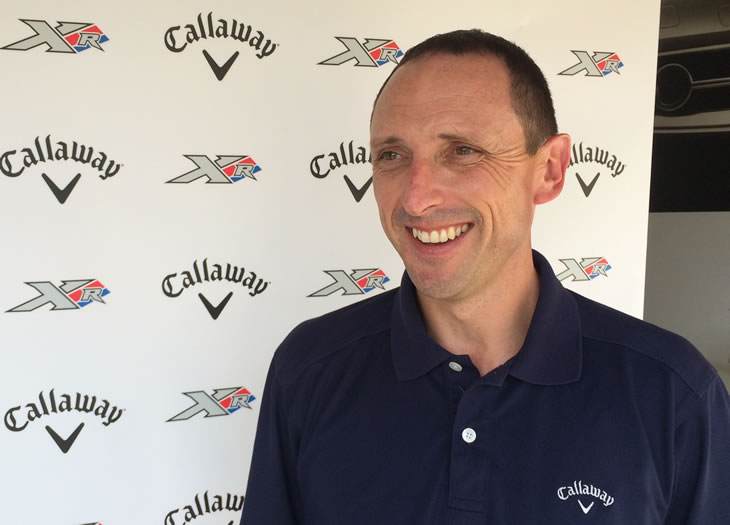
Hi Alan. We hear a lot about the aerodynamics of the Callaway XR 16 woods, so what prompted you to engage Boeing to get you to help with this in the first place?
It was a real endeavour from us to extend the knowledge that we had around aerodynamic design for drivers. We’d done some work previously and we thought we were on the right track, but in the XR 16 driver we really wanted to blow apart some of the usual constraints that we have come to expect.
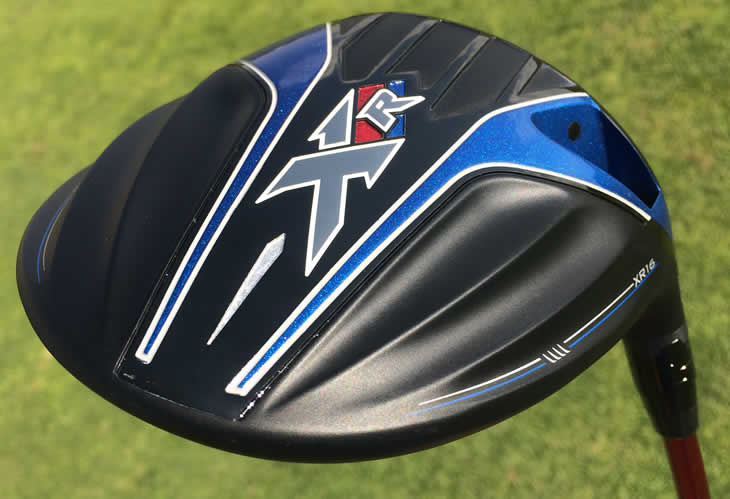
When you want to make a driver very forgiving you usually make the back to front dimension larger, but we also wanted it to be fast so we needed new aero science in order to break that paradigm and with the folks from Boeing we set upon a project to discover how to do that and we were successful.
You’ve made the driver larger and more aerodynamic, but why did you not keep it the same size and make it even more aerodynamic?
Well, we were looking for an advantage in forgiveness as we were driven by the data we have on the performance of regular golfers and in particular how they struggle for ball speed.
So one way to improve ball speed is to make the head arrive faster, but another was to do that is to make the head more forgiving when it arrives at the ball so if you don’t make centre contact then you get a ball speed advantage by having more MOI. We wanted both of those things to be amplified in this driver.
We’ve heard that this driver does have adjustability in the hosel, but no other adjustability as building this in makes drivers slower. Why would you have adjustability in drivers at all if this is the case?
That’s a good question and I think we do that because different golfers need different things. Again driven by the data we see some golfers need a lot more help steering the ball flight to be straighter and these people can get the greatest advantage with the sort of level of draw bias you can get from a Great Big Bertha driver.
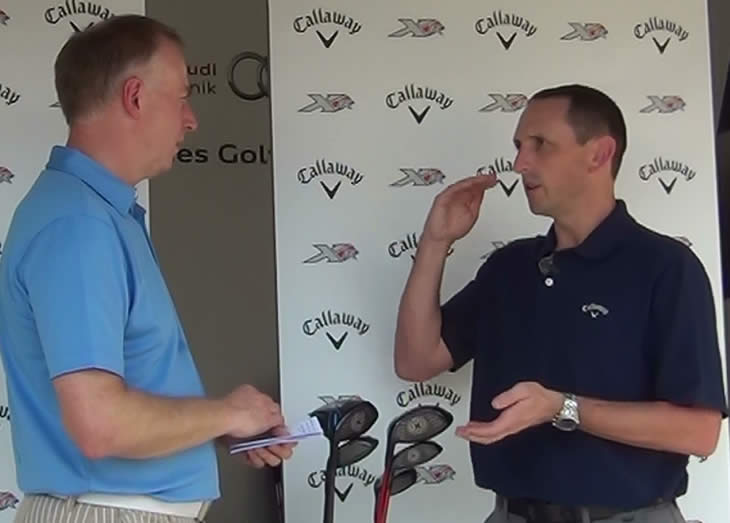
Other golfers who don’t need quite as much help straightening the shot out can get a real speed boost by the having the club that is not quite so heavy, so it is a matter of going through the fitting process and finding out which of the drivers in your range is right for you.
What percentage of golfers would you say would suit the XR 16 driver rather than the other ones in your range?
This is really designed to be for the bulk of the market with a large segment in the middle of the market. There are going to be advanced players who can play the club as well as golfers who need a little more help. We would expect this to be in the consideration set for nearly everybody and then if you want to go to the more optimisable and adjustable elements of a Great Big Bertha then you can step up to that level.
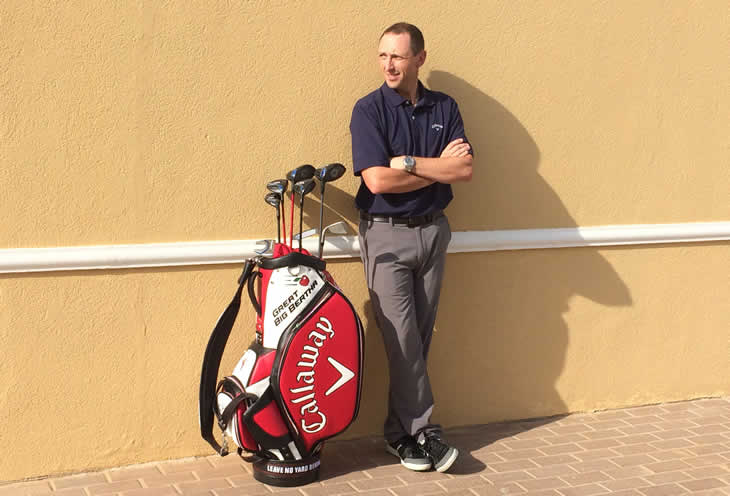
You’ve also got the XR OS or oversized irons coming out as well. What segment of the market are they aimed at?
Often with an iron that has slightly larger linear dimensions they can get pigeon holed as just for those players who need the most help, and sure enough that iron in conjunction with some hybrids is one of the most forgiving sets of irons you can get.
However the XR OS iron is also intended to be for players in a broader part of the market, the more central game improvement section, because it is not oversized all the way through the bag and it really takes the power of the face cup technology and reconfigures it slightly with a focus on greater carry in the long and the mid irons. So there will be some golfers in the central part of the market ability wise that would really benefit from that too.
You are also releasing the 2016 version of the Chrome Soft Golf Ball. What has driven the idea of a soft golf ball in the premium category?
I think people’s perception of soft golf balls up until we introduced the Chrome Soft has been that a soft golf ball is relatively slow and spinny and really for guys who are older and don’t swing it very hard.
This ball breaks that paradigm in that it has low spin from being soft and that is very good with the driver. It is also fast with the driver, so you have a fast and low spinning golf ball that are great characteristics for driving the golf ball for both back spin control and side spin control for straightness. However, when you get the nearer the green the ball is sufficiently firm and it has a soft urethane cover that you get great Tour level spin around the green.
Nobody has really produced a ball with that combination of characteristics before and those golfers that have had a chance to try it have mostly fallen in love with it and that includes some of our Tour staff. It has been our most used golf ball on Tour throughout 2015.
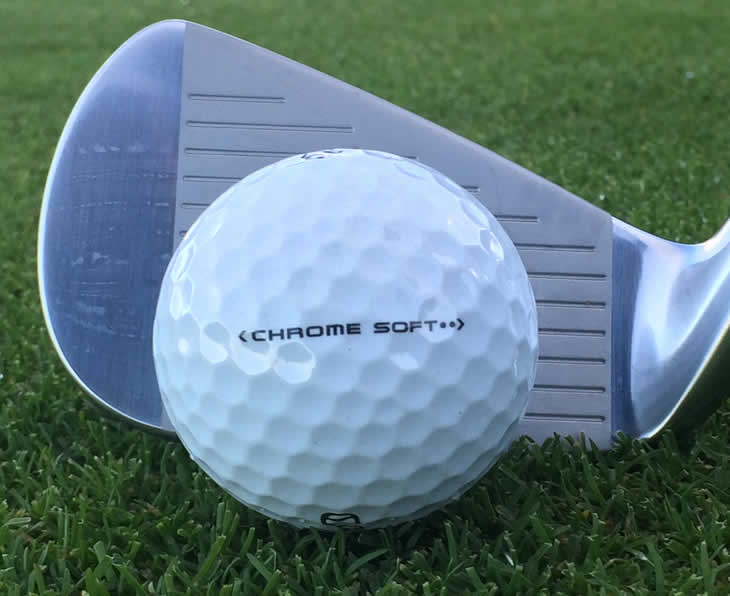
So we are bringing some of those insights from the Tour players to enhance the 2015 Chrome Soft into the 2016 version by making a dual soft core and what that does is allow us to keep the lower spin benefits off the tee, but increase the spin level around the green to give even more control around the green and that should benefit those who have already tried Chrome Soft and liked it as well as hopefully getting golfers who haven’t tried it yet to experience it and see those benefits.
I think people generally when you ask them for a list of things that they like from a golf ball they tend to say they prefer soft over hard. So we want that softer feel level that gives people confidence in the control part of the game, but the real benefit of softness is not necessarily the feel but the low spin benefit in the longer part of the game that contributes to distance.
Does softness directly relate to low spin because you can have low spin without softness?
You can, but softness is very helpful. A soft core of a golf ball compresses more than a hard core on the driver and high speed impacts and that greater compression reduces the distance between the centre of the ball and the cover of the ball and reduces the amount of torque on the ball which reduces the backspin. A hard ball that doesn't compress as much usually has to rely on other things to reduce spin such as having a hard cover, but you don’t necessarily want a hard cover when you are near the green.
We have also seen the new Odyssey White Hot RX putters and you talked about designing the inserts to work with the golf ball. Do you design them to work with your own golf balls or do you look across the board?
We try to be pretty generic and do a lot of testing across a wide range of golf balls knowing that there are some very popular golf balls on the market that are not made by Callaway, so we want to make sure it doesn’t rely on one type of golf ball to work. We could do that and even though Odyssey has a large market share that would be a limiting factor so we have experimented with a lot of different urethane class materials that are used in the insert and most of the higher quality golf balls in the market have urethane covers to ensure compatibility.
With the Works Fusion RX putter we had the advantage of using a relatively hard metal surface in the foil that goes on the surface of the urethane material which gave us the edges that contribute to friction. To get White Hot material to do that in the new putter we had to think differently.
We weren't going to have the extreme hardness of the steel, so we produced an insert that has two levels of hardness. A very soft inner core that gives us the speed and the feel that people would associate with White Hot and then a relatively firmer exterior that gives us the hardness to create the edge of the ovals in the design that creates the friction.
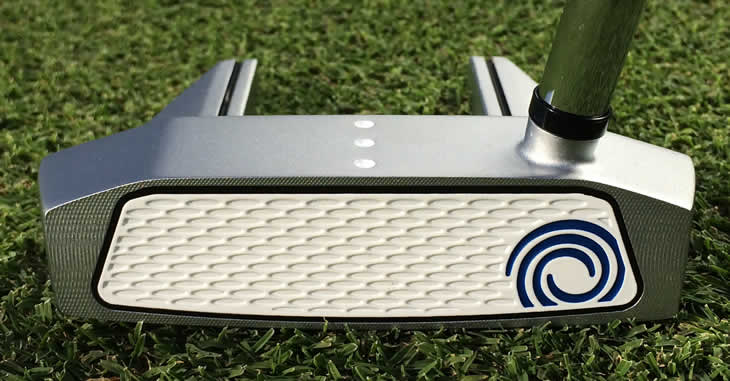
It almost sounds like a golf ball with softer inner core and a harder outer core.
Some of the design theory is very similar and we wanted the two different parts of the White Hot RX insert to play different rolls with the combined effect of the two parts maintaining the speed and feel people expect of the White Hot insert with the added roll characteristic added to that.
What percentage of the market do you think that may take from the Works range because that has been one of your most successful putters?
The Works has been extremely successful and we think the two are compatible with each other. There are a lot of golfers with a lot of loyalty and familiarity towards White Hot so we would expect to see a high market share for the White Hot RX line too.